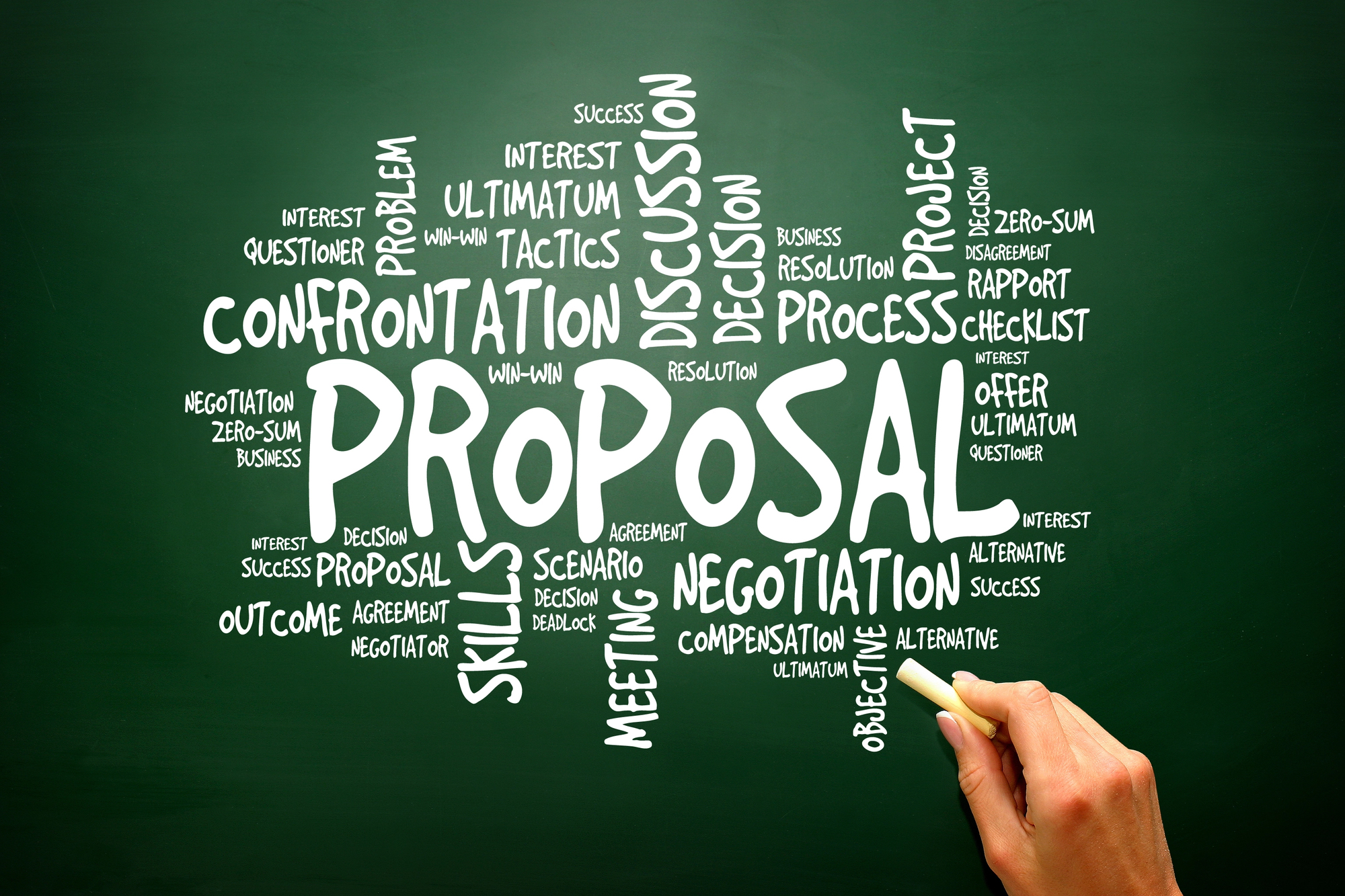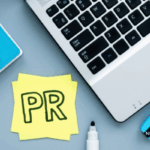How to Write a Winning Small Business Sponsorship Proposal?
Securing small business sponsorship requires more than just asking for financial support—it involves crafting a compelling sponsorship proposal that highlights mutual benefits for both the sponsor and the business. A well-written sponsorship proposal can help small businesses attract funding, marketing assistance, and valuable partnerships. This guide will walk you through the essential steps to writing a winning small business sponsorship proposal that stands out.
Why a Strong Sponsorship Proposal Matters
A sponsorship proposal is your opportunity to demonstrate the value of your business and how a potential sponsor will benefit from the partnership. A well-structured proposal helps:
- Capture the sponsor’s interest.
- Clearly outline the benefits for both parties.
- Increase your chances of securing financial or marketing support.
Step 1: Research and Identify the Right Sponsors
Before drafting your proposal, it’s crucial to identify companies that align with your brand and goals. Consider:
- Companies with a history of supporting small businesses.
- Local businesses looking to expand their community presence.
- Brands targeting the same audience as your business.
- Organizations that would benefit from co-branding opportunities.
This ensures that your sponsorship proposal is relevant and appealing to potential sponsors.
Step 2: Start with a Compelling Introduction
The first section of your proposal should capture the sponsor’s attention and clearly state why you are reaching out. Include:
- A brief introduction to your business.
- Your mission and goals.
- Why you are seeking sponsorship and how it will be used.
Example: “[Business Name] is a fast-growing small business dedicated to [industry/niche]. We are reaching out to explore a potential small business sponsorship opportunity that will not only help us grow but also provide [Sponsor’s Name] with significant brand exposure and community engagement.”
Step 3: Highlight the Benefits for the Sponsor
Sponsors want to know what’s in it for them. Clearly outline the advantages of partnering with your business, such as:
- Increased brand visibility through co-branded marketing materials.
- Direct access to your target audience.
- Community goodwill and enhanced corporate social responsibility (CSR).
- Exclusive sponsorship perks such as logo placement, social media mentions, and event participation.
Example: “By partnering with [Business Name], [Sponsor’s Name] will receive prominent brand placement on our business materials, including Free Sponsored Business Cards, digital promotions, and event sponsorships, providing exposure to [X number] of potential customers per month.”
Step 4: Provide Sponsorship Package Options
Offer different sponsorship levels to give potential sponsors flexibility. Here’s an example of how you can structure it:
| Sponsorship Tier | Benefits |
| Gold Sponsor | Logo on business cards, featured on website, social media mentions, co-branded marketing materials. |
| Silver Sponsor | Logo on marketing materials, monthly social media promotion. |
| Bronze Sponsor | Recognition in newsletters, social media shout-outs. |
Providing options allows sponsors to choose the level of involvement that suits their budget and goals.
Step 5: Detail the Sponsorship Deliverables
Be clear about what the sponsor will receive in exchange for their support. Specify:
- Branding opportunities (logo placement, business card sponsorship, digital features, etc.).
- Expected audience reach and engagement statistics.
- A timeline of sponsorship activities.
- Any additional promotional efforts that will showcase the sponsor.
Step 6: Include a Strong Call to Action
Close your proposal with a clear next step. Encourage the sponsor to schedule a meeting, request more details, or confirm their interest in the partnership.
Example: “We’d love the opportunity to discuss this partnership further. Please let us know a convenient time to connect, and we’d be happy to customize the sponsorship to align with your brand’s goals.”
Step 7: Keep It Professional and Well-Formatted
A well-structured, visually appealing proposal increases your chances of success. Follow these formatting guidelines:
- Use clear headings and bullet points for readability.
- Keep the tone professional but engaging.
- Include contact information at the end.
- Attach any supporting materials (business statistics, case studies, testimonials, etc.).
Final Thoughts
Writing a winning small business sponsorship proposal requires careful planning, clear communication, and a focus on mutual benefits. By identifying the right sponsors, highlighting the value of the partnership, and structuring your proposal effectively, you increase your chances of securing valuable sponsorships.
Looking for an easy way to attract sponsors? Explore Business Card Junction’s Free Sponsored Business Cards program, where small businesses can gain sponsorship support through high-quality business cards while sponsors receive ongoing brand exposure. Visit Business Card Junction to learn more.




